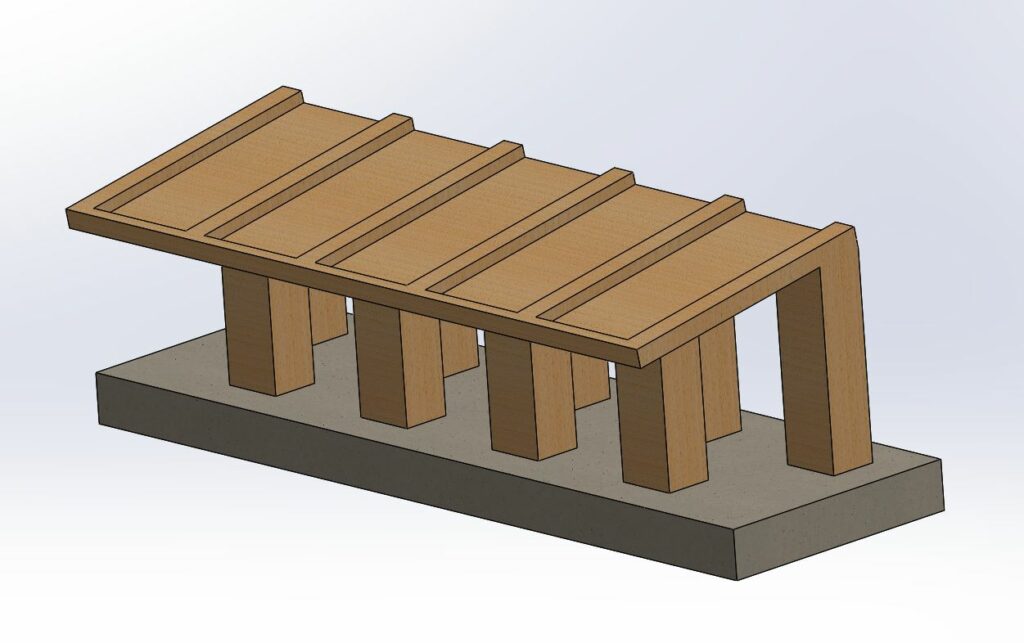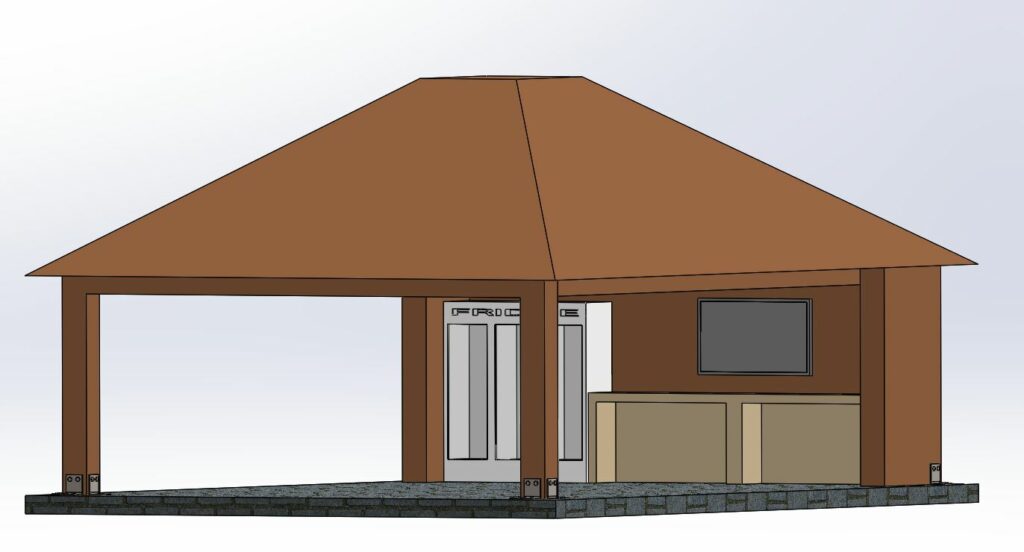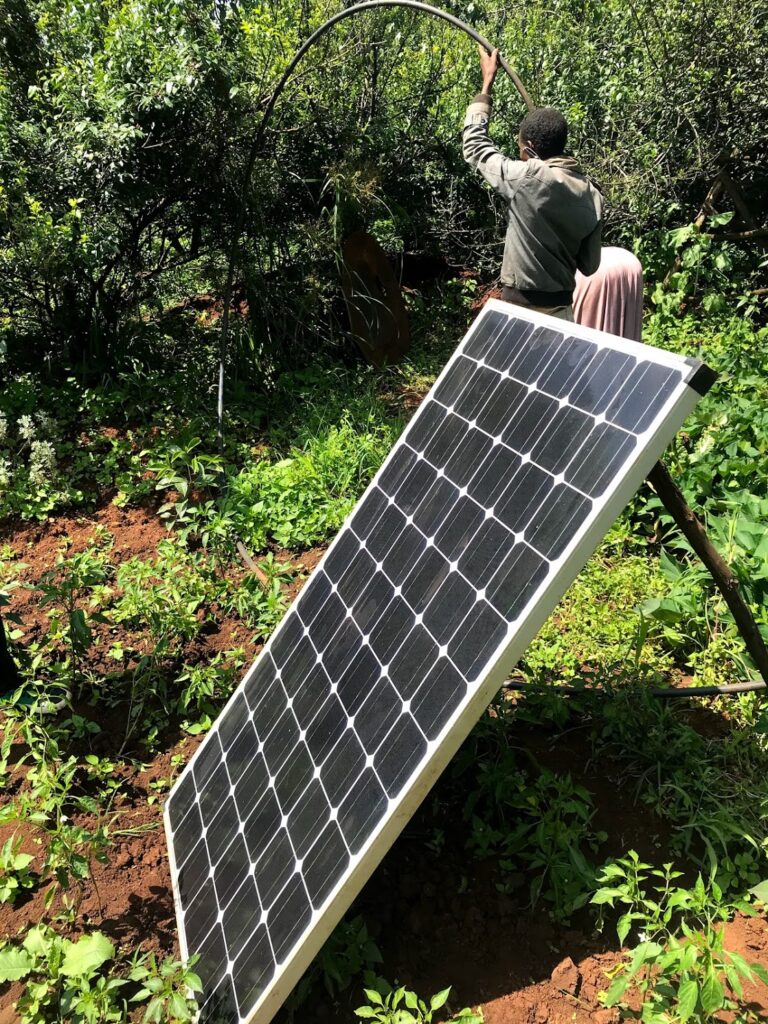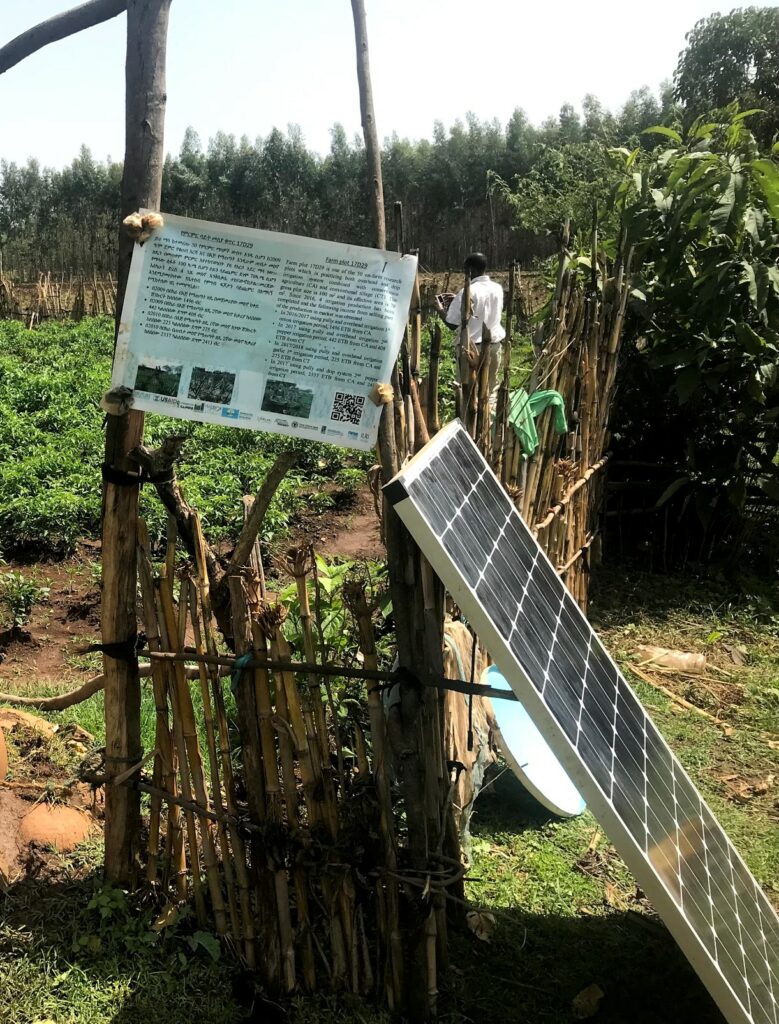Project Category: Multidisciplinary
Join our presentation
About our project
Our project is to design and test the feasibility of a solar-powered microgrid for a rural village of 10 households in Ethiopia.
One of our team members, Duncan Lucas, spent 3 months studying sustainability in Ethiopia in the summer of 2019. During this time Duncan conducted a field visit to an unnamed village outside of the town of Dangla, in the Amhara region of northern Ethiopia. In this community of approximately 10 households and 50 people, there was no electrical service whatsoever. This is typical in Ethiopia where the national electrification rate is 23% and only 8% in rural areas. Access to affordable, reliable, and sustainable energy is the United Nations Sustainable Development Goal number 7. The UN describes a lack of energy access as “a constraint to human and economic development”. To address energy access in Ethiopia is an opportunity for social and economic development in an environmentally sustainable way.
As a result of this experience, we have chosen our capstone project to deliver a useful electricity service to this village of Dangla. We wanted this service to be delivered relatively quickly and at a low cost. We also want it to be powered by renewable energy, in line with Ethiopia’s goal not to raise its greenhouse gas emissions. Our challenge was to keep the system flexible, affordable, and environmentally friendly. As a result, we have chosen to design a solar-powered microgrid to provide energy to the village. Through a detailed study of local environmental conditions and projected loads, we have sized our system to be 2.5kW generating on average 9 kWh per day. We have carefully analyzed our system and its components to confirm its feasibility, performance, and reliability.
Meet our team members
Hannah Asaolu (Electrical Engineering)
Zhilei Hu (Energy Engineering)
Evan Lawrence (Energy Engineering)
Duncan Lucas (Civil Engineering)
Brett Pardo (Energy Engineering)
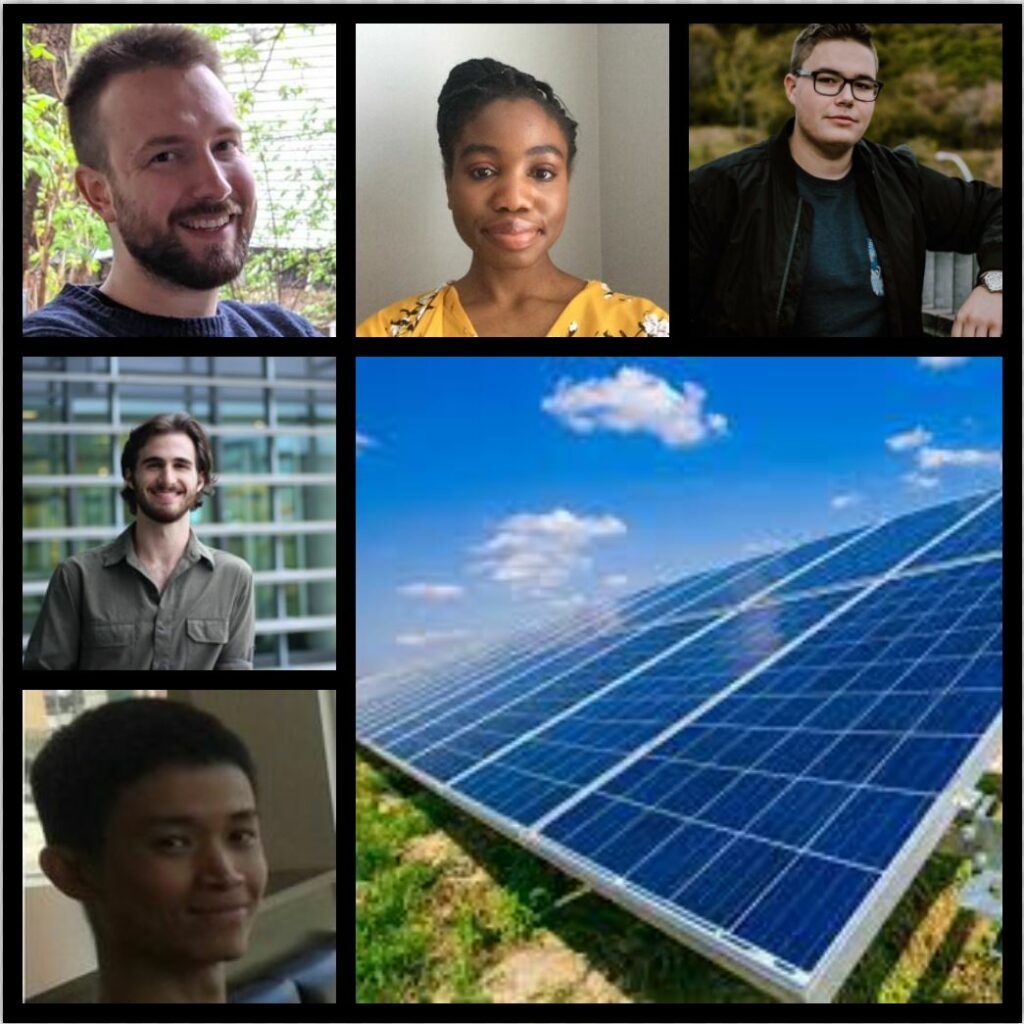
Details about our design
HOW OUR DESIGN ADDRESSES PRACTICAL ISSUES
Ethiopia’s current national grid is predominantly focused on major urban centers and doesn’t fulfill the needs of rural towns and villages. Some villagers are starting to branch out and purchase single panels to fulfil specific needs such as water pumping. As well, some companies are selling ‘solar panel packages’ that aren’t modular or specific enough for these villages. Our design analyzed the specific needs and loads of Dangla and allows the village to utilize the full capabilities of their solar resource.
WHAT MAKES OUR DESIGN INNOVATIVE
Not only is our system modular and flexible, but it meets the exact energy and social needs of the village. Our custom designed community center not only offers a centralized location for communal loads (TV and fridge), which simplifies wiring and distribution, but it also allows the community to enjoy the benefits together.
The system can also be expanded as the needs of the village grow by simply incorporating another string of panels and the required equipment. Our design can be scaled to fit the needs of any village and therefore is more innovative than current ‘solar packages.’
WHAT MAKES OUR DESIGN SOLUTION EFFECTIVE
Our design was optimized by modelling the solar resource for the intended village using data from the NASA Power Project and comparing our design results to optimal designs suggested by HOMER Pro microgrid software. Energy demand was modelled using local trends and energy efficient appliances which would be supplied and installed as part of the system.
The group also took social aspects into account. With the creation of a central community center, the design allows for the population to utilize the produced electricity individually as well as a community. We were advised to provide one large television in the community center, rather than a small TV in each home, to encourage community gathering and decrease system energy demand.
HOW WE VALIDATED OUR DESIGN SOLUTION
Validation of our design was determined based on acceptance criteria laid out at the beginning of the project: modularity, cost, sustainability, and performance simulation.
Modularity: Our system is scalable, and components are easily added or removed to fit the required demand of the community
Cost: As this system is designed for a small village in a developing nation, cost is a very important factor. Components were determined by analyzing their overall cost, life expectancy and efficiency.
Sustainability: As solar is a renewable resource, environmental factors are an important aspect. At the point of use, our system produces no greenhouse gas emissions and maintains an adequate lifespan throughout the components.
Performance Simulation: The group used the HOMER software, provided by NREL, to determine the actual performance of the system. HOMER considers cost, blackout days, geographical location, and more to determine the actual performance of a system.
FEASIBILITY OF OUR DESIGN SOLUTION
The overall feasibility of our project is quite effective. As our system utilizes generic equipment and keeps cost in mind, the possibility of this system being implemented in Dangla and other rural off-grid villages is excellent. The implementation of the solar panel structure allows for the panels to be at the ideal tilt angle to utilize the maximum solar irradiance. As this system is relatively simple and does not require excessive maintenance, it can be implemented in any rural community far from the main grid.
Partners and mentors
We want to thank the many people who helped us with this project. Our professor Dr. Roes (Arief) Budiman guided us through the process with patience and great advice, and our academic advisor Dr. Getachew Assefa for his personal advice on the social aspect of the project. As well, we would like to thank Virtuoso Energy, specifically Gursh Bal and Kai Fahrion for their advice and technical expertise. Finally, we would like to thank the villagers in Dangla for their support and input.
Our photo gallery
